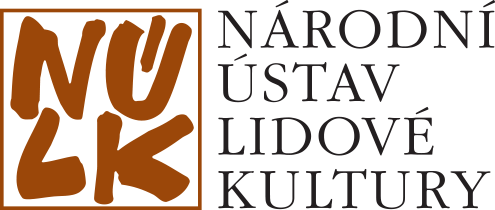The transport of raw materials and products inside a homestead, a village or a region, as well as outside these areas, and its forms. Its existence was made possible by the basic network of roads (roadways, footpaths) and waterways. The terrestrial network of roads was determined by the terrain, the type of buildings in a village or a homestead, the means of traffic used, the type of freight, and by local habits. Private (mainly field) roads ad footpaths served for the internal communication inside a homestead and a village; they could be changed or translocated accordingly. They were divided into permanent, seasonal (used in the course of seasonal field works, several types of cattle paths) and temporary (hauling the timber from forests, transport of dung). Public roads served for long-distance transports; already in the 18th century they were built and maintained by manorial lords, villages, or state. Water streams were forded, or crossed on bridges and in ferryboats.
Along public roads and footpaths used to stand directional signs, chapels, crosses, conciliation crosses; inns were established in places of regular stops.
Water transport played just a supplementary role in suitable regions. It was used for timber transport (timber rafting and log driving); transport in boats or ships were only seldom on bigger water streams. Water transport was significantly restricted by hydraulic structures in the 20th century (dams, cascade of reservoirs on the Vltava River).
The simplest forms of load transport included simple stuffs made of natural materials, such as canvas sheets, baskets, back baskets, frame backpacks, and sotor – long narrow baskets made of straw etc.). These were used to transport fodder, wood, hand-crafted and homemade products, dung to fields in hilly terrains, and household and artisan articles (in the case of several professions). Loads and people were regularly as well as occasionally transported by sleights (in winter and in summer), and carts with one or two wheels, which were divided into groups according to the structure and purpose for which they were used.
In the oldest period of the human society, it was mainly the human force that was used; later-on this was replaced by animals (pack animals, animals harnessed to wagons); transportation began to be mechanized from the late 19th century.
The 20th century saw the transformation of economy and the introduction of new means of transportation (railway, cars), which significantly limited most traditional forms of transportation and connections; these forms became only supplementary and occasional and survived mostly in agriculture for field cultivation and tasks related to the life and work in a homestead etc.)
Literature: V. Schleufler: Doprava. In. Československá vlastivěda III. Lidová kultura. Praha 1968, pp.195-200
5.1. Location of roads and paths in the field
5.2. Local roadways, field roads
5.3. Footpaths and trails
5.4. Supplementary elements of road network
5.5. Water-stream crossing
5.6. Waterways and transportation
5.7. Load carrying
5.8. Transportation by towage
5.9. Sleight
5.10. Further equipment
5.11. Wheeled means of transportation
5.11.1. One-wheeled and two-wheeled means of transportation
5.11.2. Waggon
5.12. Wheel
5.13. Draught force
5.14. Aids for transport

